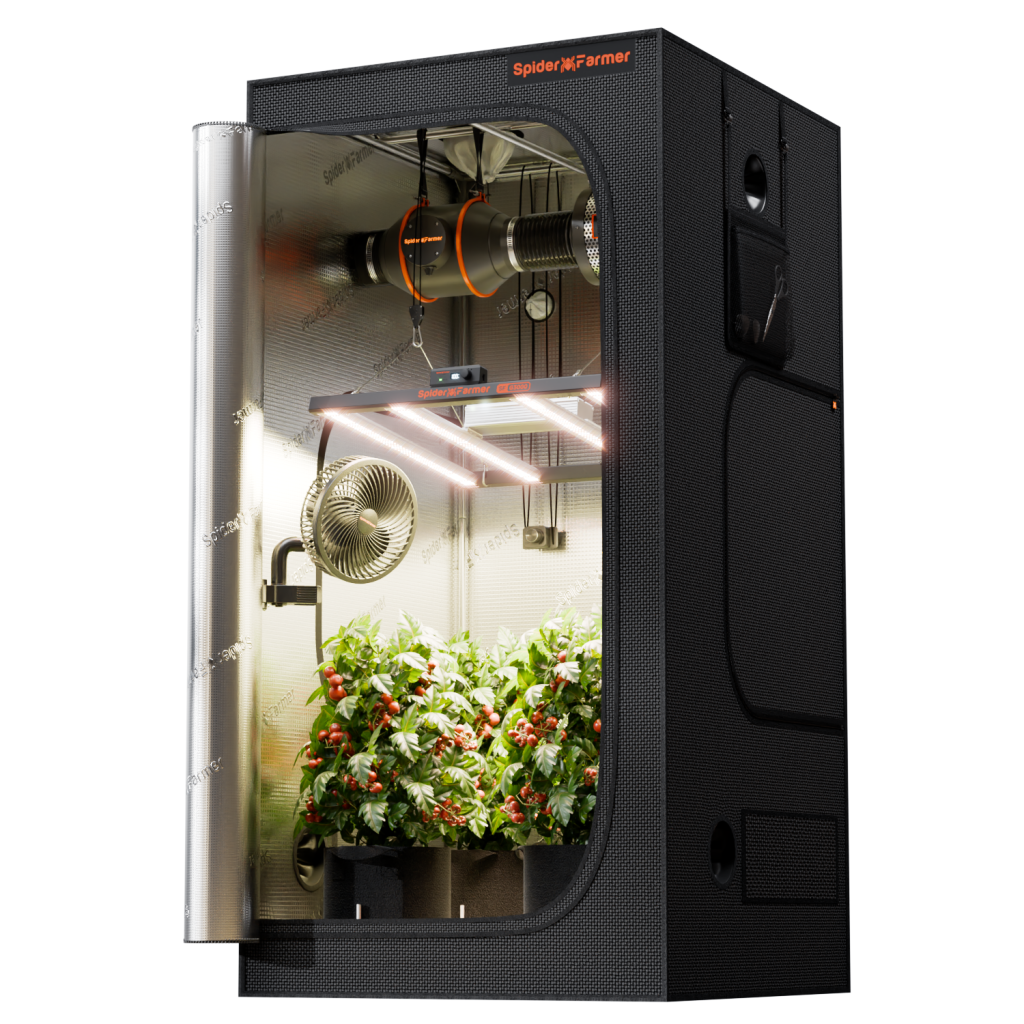Why Is My Peace Lily Drooping & How to Fix
The peace lily, scientifically known as Spathiphyllum, is a popular houseplant revered for its elegant white spathes and lush green foliage. However, despite its hardy nature, the peace lily is not without its challenges, particularly when it begins to exhibit signs of distress such as drooping leaves. Peace lily drooping can be a signal of various underlying issues, ranging from watering mistakes to inappropriate lighting conditions. Read on to explore more on drooping peace lily.
Table of Contents
Insufficient or Excessive Watering
Peace lilies, native to tropical regions, thrive in environments with high humidity and consistent moisture. However, it’s easy to overdo it and water them excessively, causing yellowing and drooping peace lily leaves.

On the contrary, although peace lilies are quite adaptable and can withstand dry conditions for a few days, frequent cycles of complete drought can stress the plant, leading to yellow leaves and crispy edges. If the plant remains too dry for an extended period, the roots may begin to die back and showcase brown leaf tips.
Ideally, you should water your peace lily only when the top half of the soil in the pot has dried out completely. To get a sense of the ideal moisture level, one trick here is to think of a well-wrung sponge. After squeezing out the excess water, feel the dampness of the sponge. This is the type of moisture you should aim to maintain in your plant’s soil.
Ensure to water the plant thoroughly until water starts draining out from the bottom, and then remove any standing water. Watering too frequently can keep the soil overly moist, preventing the roots from absorbing necessary nutrients and oxygen. Persistently soggy soil can lead to root rot, a severe issue for the plant.
However, when you encounter peace lily leaves drooping but soil is moist, the following factors can be the culprit.
Light Stress
Peace lilies are sensitive to excessive direct sunlight, especially during the harsher afternoon hours. While they can handle a bit of morning sun, prolonged exposure to intense light later in the day can lead to drooping. This issue may also manifest as browning or yellowing of the leaves.
The most effective method to alleviate drooping caused by too much light is to relocate the plant to a spot with less direct exposure. Peace lilies thrive best in bright, indirect light, which is typically found near an east-facing window or a few feet away from a clear southern or western window. If these windows are filtered by a sheer curtain or shaded by external natural elements like trees or buildings, the plant can be placed closer to enjoy the ideal light without the harm of direct sun.

Temperature Stress
Temperature stress in peace lilies occurs when the plant is exposed to temperatures outside its comfortable range, which is typically between 65 to 80°F (18 to 27°C). If temperatures drop below 65°F (18°C), peace lilies can showcase slowed growth and drooping leaves. A chilled plant can also become susceptible to root rot because cold temperatures reduce the plant’s ability to absorb water properly.
On the flip side, when temperatures rise above 80°F (27°C), peace lilies may suffer from heat stress. This typically results in wilting, where the leaves lose their firmness and droop because the plant cannot retain moisture. Excessive heat can also cause the edges of the leaves to turn brown or crispy, and in severe cases, can lead to leaf scorching.
To prevent temperature stress, avoid placing your plant near drafty windows, doors during the winter, or next to heating and air conditioning vents which can create sudden temperature shifts. Also, enhancing the humidity level around the plant can help mitigate the effects of temperature extremes, particularly in heated indoor environments during winter.
Poor Soil Condition
Poor soil conditions can significantly impact the health of a peace lily, leading to issues such as drooping leaves and reduced vigor. Poorly draining, compacted, or waterlogged soil impedes proper root function, preventing the plant from absorbing essential nutrients and water, and can also promote root rot.
To counter this, use a light, well-aerated potting mix that includes perlite or vermiculite to enhance drainage and allow the roots to breathe. It’s also beneficial to repot peace lilies every couple of years to refresh the soil and remove any compacted or degraded material.

Pest Infection
Pest infestations can pose a serious threat to the health of peace lilies, particularly when the plant is already weakened or stressed. Pests such as scale, mealybugs, and spider mites thrive in indoor environments and are particularly detrimental because they feed on the plant’s sap. These sap-sucking insects can significantly drain the plant’s resources, leading to symptoms such as yellowing leaves and stunted growth.
Early detection and treatment are crucial; options include wiping the leaves with soapy water, using insecticidal soap, or applying neem oil, which are effective at controlling these pests without harming the plant.
Conclusion
When you face the peace lily drooping situation, effective management includes ensuring the soil remains moist but not waterlogged, providing bright, indirect light, and maintaining a stable temperature. Additionally, using a well-draining, nutrient-rich potting mix and monitoring for pests are crucial for health. Addressing these factors promptly can prevent drooping and keep your peace lily thriving. By understanding and meeting its specific needs, you can enjoy the lush beauty of this plant in your indoor space.










Leave a reply
You must be logged in to post a comment.